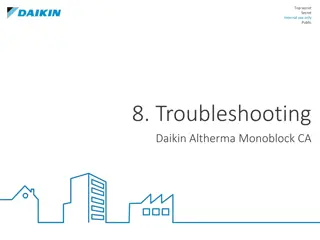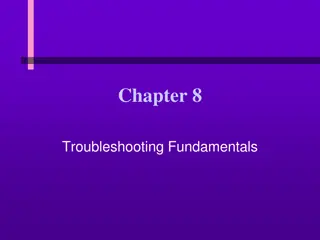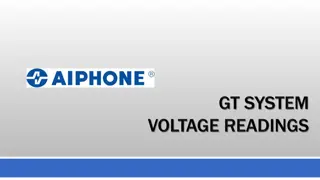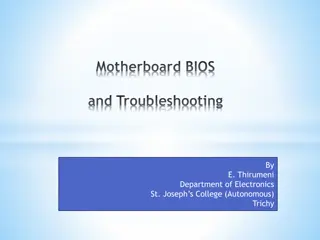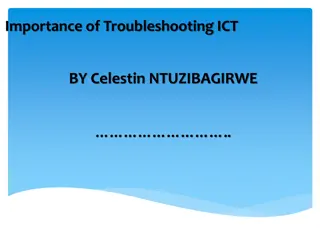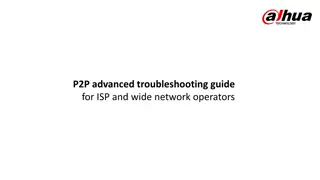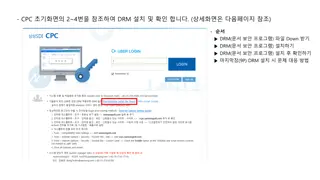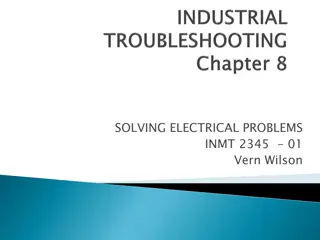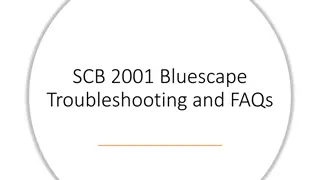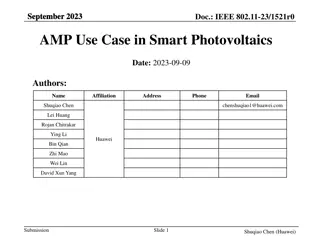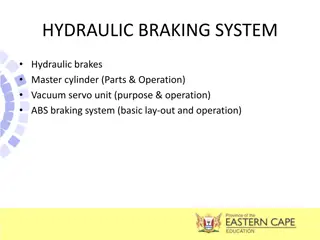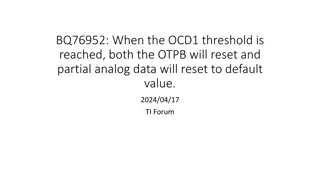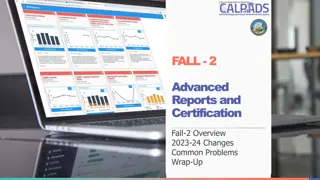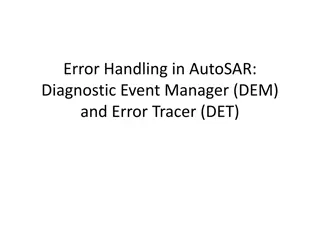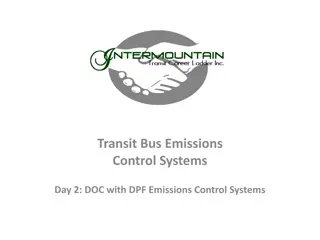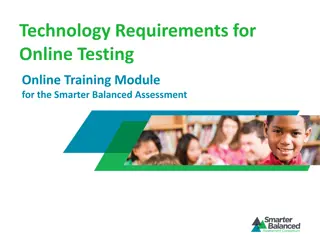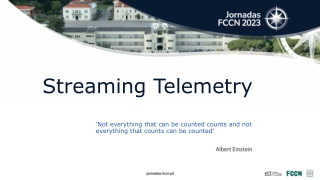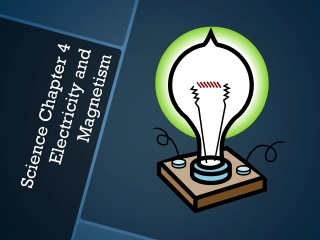Troubleshooting Blown Fuse in URD System
Understanding and isolating transformer faults in an Underground Residential Distribution (URD) system is crucial for restoring power. This content outlines the steps to troubleshoot a blown fuse, inspecting transformers for faults, and using techniques like a Hi-Pot tool for diagnosis. The process involves identifying and resolving issues to minimize customer outages efficiently.
Download Presentation

Please find below an Image/Link to download the presentation.
The content on the website is provided AS IS for your information and personal use only. It may not be sold, licensed, or shared on other websites without obtaining consent from the author. Download presentation by click this link. If you encounter any issues during the download, it is possible that the publisher has removed the file from their server.
E N D
Presentation Transcript
This workforce solution is funded by the IHUM Consortium which is 100% financed through a $15,000,000 grant from the U.S. Department of Labors Employment & Training Administration. The product was created by the grantee and does not necessarily reflect the official position of the U.S. Department of Labor. The Department of Labor makes no guarantees, warranties, or assurances of any kind, express or implied, with respect to such i This work is licensed under the Creative Commons Attribution 4.0 International License. To view a copy of this license, visit http://creativecommons.org/licenses/by/4.0/. URD Troubleshooting ELE362
Isolating Transformer Faults Understanding how a URD system is configured will assist in identifying and isolating problems. Systems can be arranged: Radial Feed Loop Feed and Open Loop Feed Double Loop It will be necessary to know the configuration prior to being able to isolate a transformer that s failed
This is a schematic of an open loop system with six transformers. Note the normal open located at transformer #4. Normal Open 4 3 5 2 For this troubleshooting scenario Fuse A is blown the following slide lists the steps to isolate the problem and restore power to as many customers possible. 6 1 Fuse B Fuse A
Troubleshooting a Blown Fuse Fuse A is blown resulting in an outage to customers connected to transformers 1, 2 and 3. The assumption is the URD cable has not been damaged or failed. The following steps should be used for inspecting the transformers: The exterior of each transformer should be inspected for obvious signs of failure such as leaking oil, bulged tank or burn marks If nothing is found the interior of each transformer must then be inspected looking for oil leaks, load break elbow(s) appearing damaged or bushings have burn marks, etc.
Cont Troubleshooting a Blown Fuse If the transformer(s) appear to be alright there are other options to pursue: Use a process of elimination by opening (parking) the URD cable between transformers 1 and 2 or 2 and 3 and try Fuse A. A concern using this approach is it s possible the fuse will blow again if the bad transformer isn t isolated and this also puts undue stress on the cable Bay-o-Net fuses should be removed from the transformers prior to closing the cutout to eliminate the impact to customers
Cont Troubleshooting a Blown Fuse Use a Hi-Pot tool; this tool is basically a diode that converts the AC line voltage to a DC voltage equivalent to the peak AC value Using this tool, disconnect both ends of the cable and connect the adapter. The cable is then energized with DC voltage A good cable will hold a charge and the voltmeter on the phasing sticking will show a voltage for a second or so until the cable becomes charged. Then the voltage difference will drop to zero volts When energizing a bad cable the fault drains off the charge and the meter will continuously read a high potential
Isolating Cable Faults There are several reasons why cable faults (failures) occur such as: When the cable was installed initially it was slightly damaged (i.e. when being pulled from the reel, debris in the trench, etc.) Rodents have been known to gnaw on cables The cable has become fatigued over time (i.e rubber butyl cable tends to become brittle, etc.) Connections (splices) not installed correctly
Identifying a Cable Fault Some utilities use a cable fault indicator that is located on cables or load break elbows in their URD systems to assist in locating faults. Following are some examples of fault indicators:
Not all utility companies use fault indicators; locating the fault can also be accomplished by using equipment as shown below. This equipment is often referred to as a thumper or hi-potting .
Cont Identifying a Cable Fault Another method used to isolate a cable fault involves energizing one section of cable at a time through the transformer s bushings When using this method the first step would be to remove (open) the transformer fuse(s) to prevent power from being restored to the customers Next, the cable serving the transformer(s) downstream from the source would be parked The fuse is closed or load break elbow plugged in If the fuse holds go to the next transformer downstream and repeat the procedure Caution is used for this process as it will require the fuse to blow at least one more time which puts undue stress on the cable




